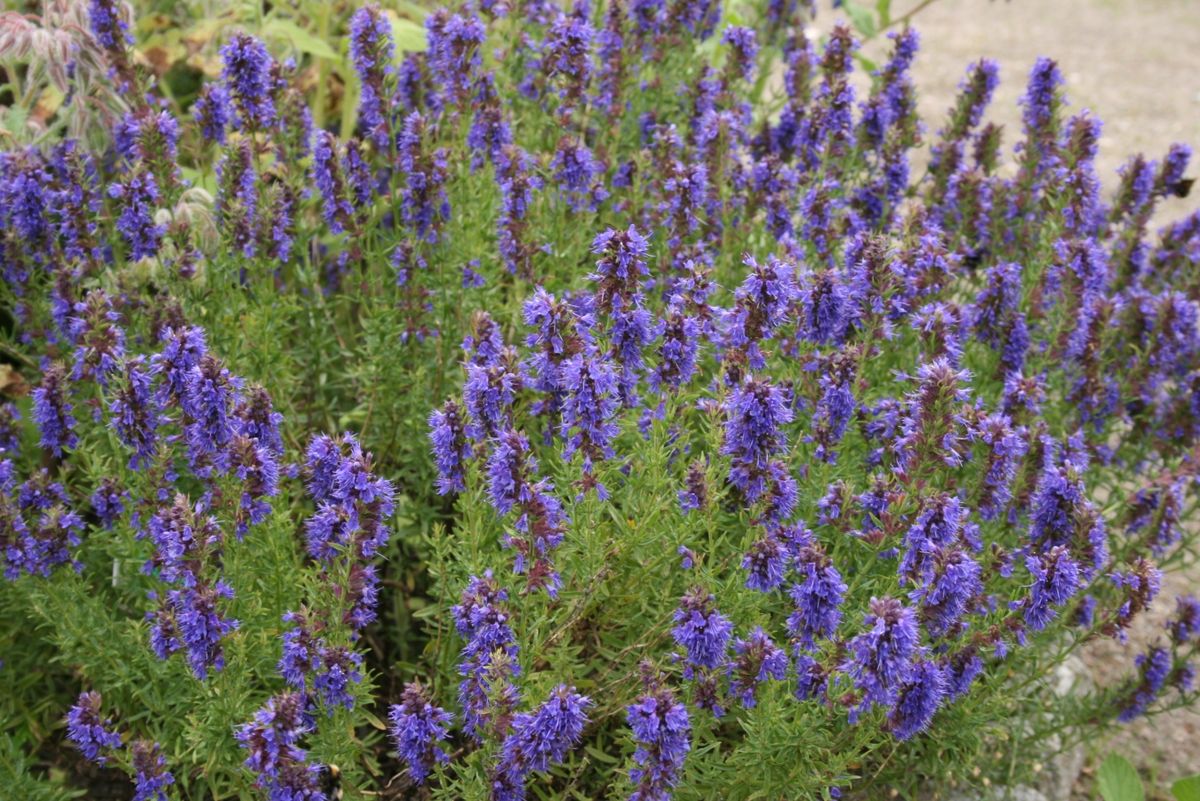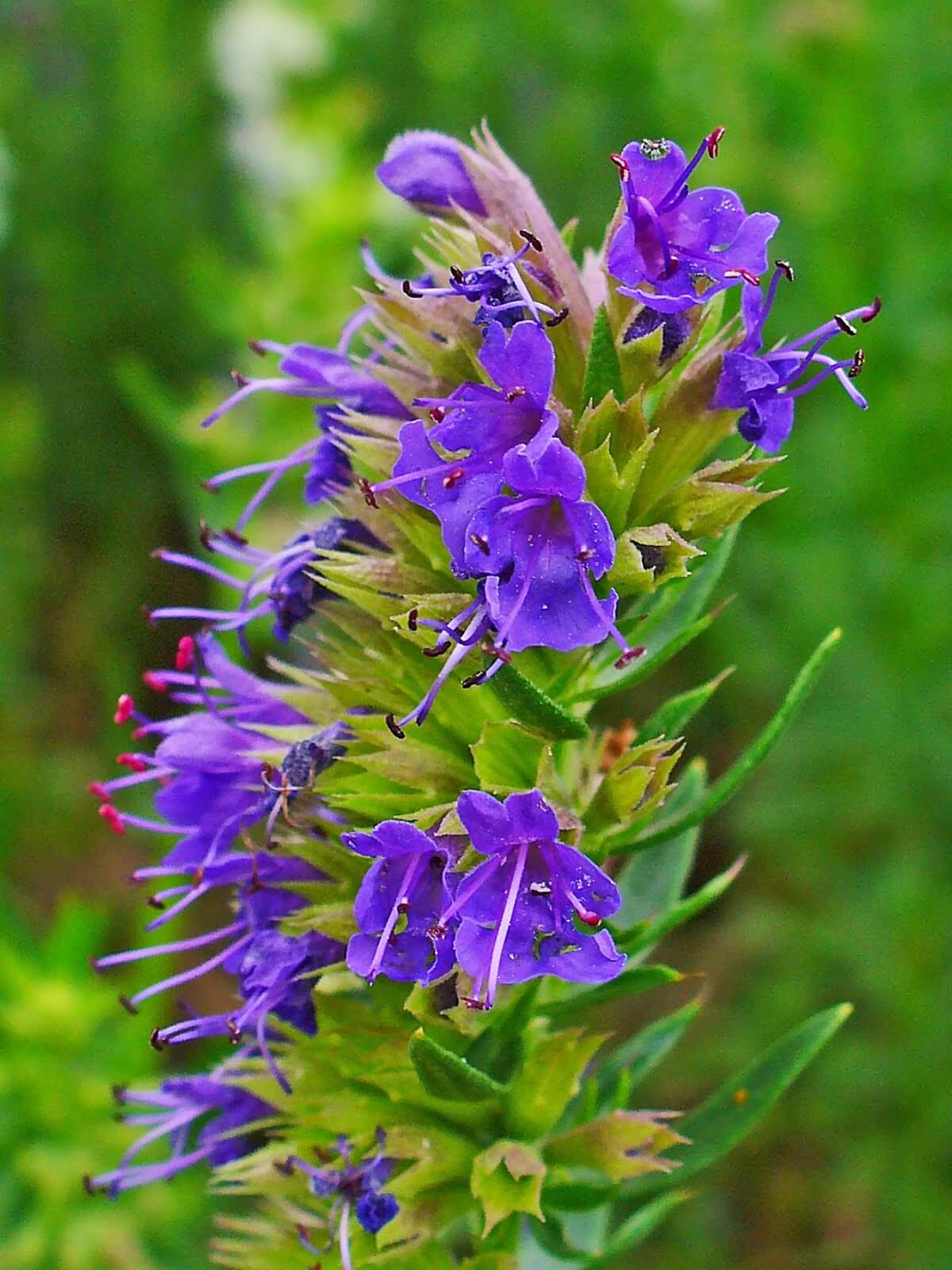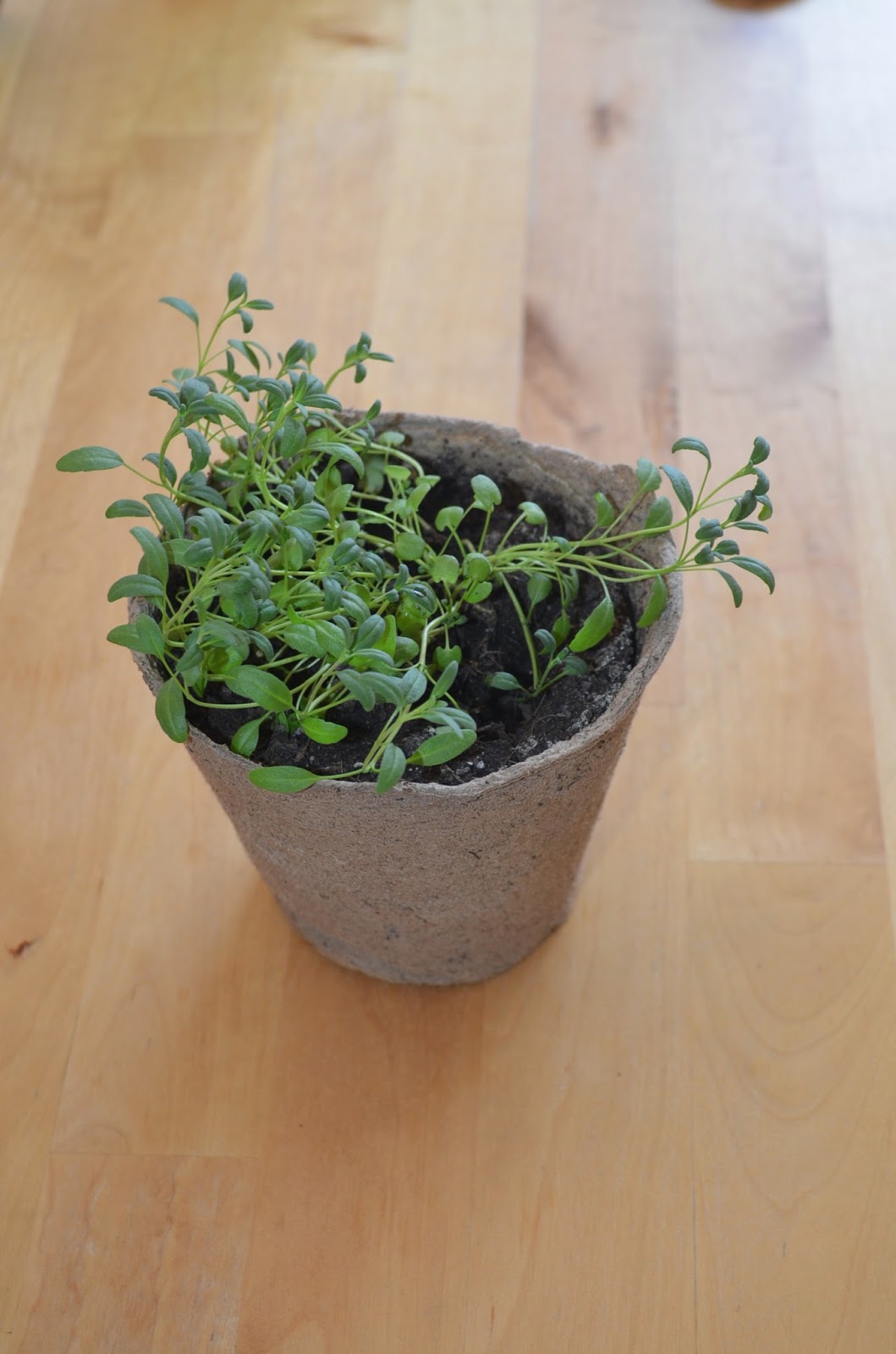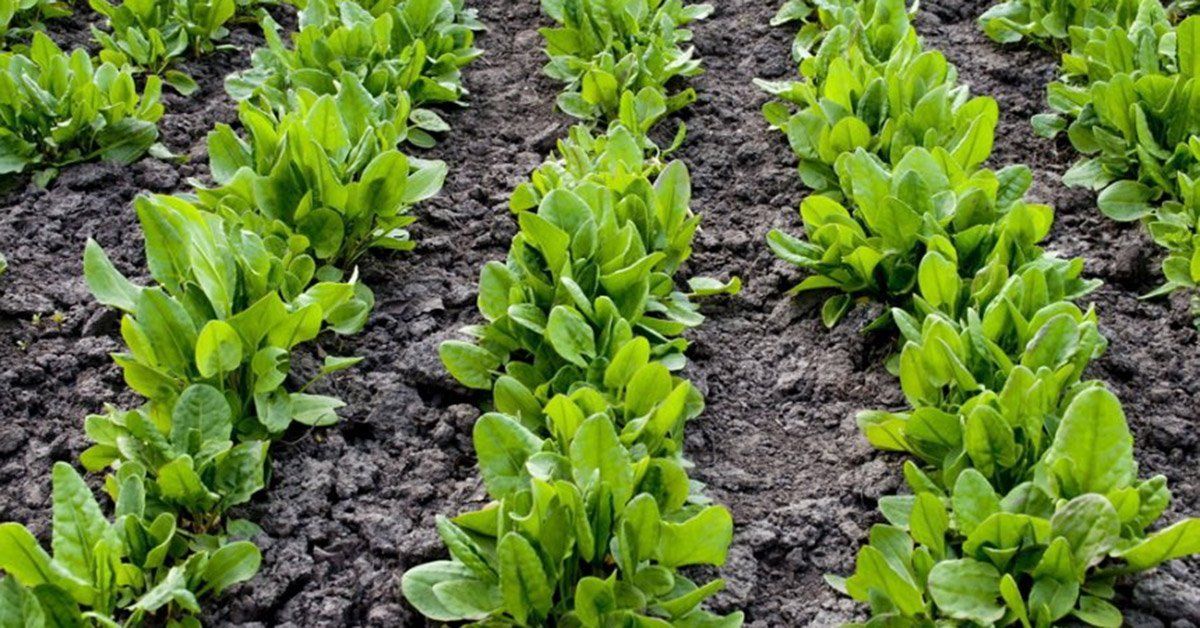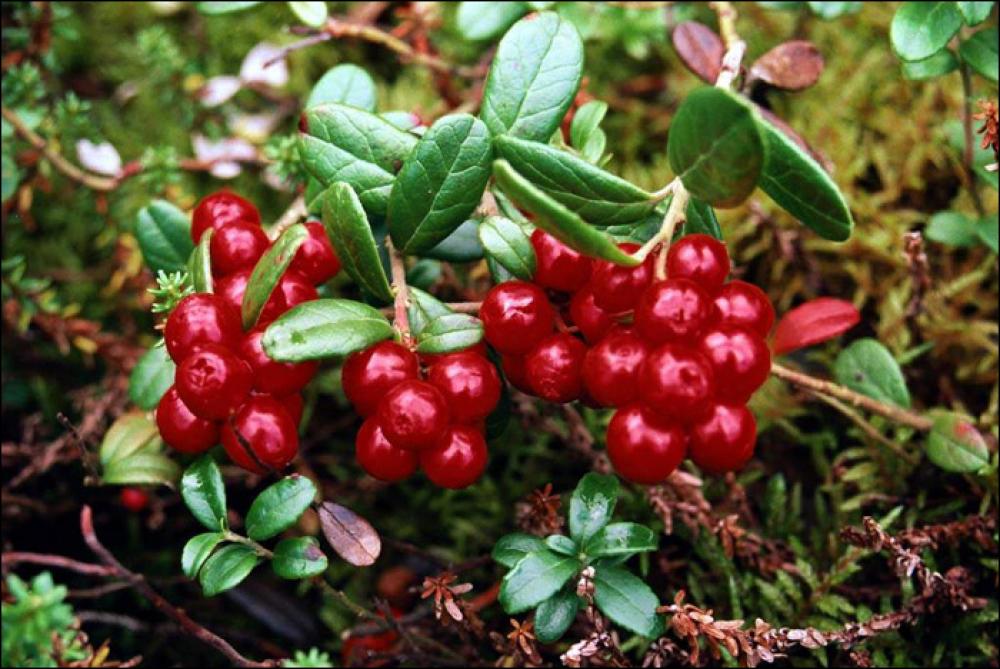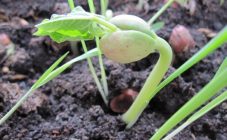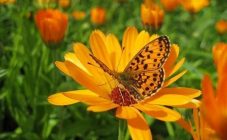Content:
Hyssop is used as a medicinal raw material in folk and traditional medicine, cosmetology. The aromatic herb is added to dishes and essential oils are released from it. The beautiful herb hyssop has found application in artistic and decorative arts. It has a plant and magical properties. Hyssop what kind of plant it is and its medicinal-magical property has been known for a long time - it is in the recipe of Avicenna's medicines, along with grapes it is often mentioned in the Bible. Its healing effect is still used by a folk healer.
The hyssop shrub is still found in the wild nature of the Mediterranean. As an ornamental plant and for medical needs, it is grown everywhere.
What kind of hyssop plant
In Latin, the name of the perennial is Hyssopus officinalis, which means “sacred fragrant herb” in Hebrew. More than 300 varieties of this culture are known, the most common are common hyssop (aka medicinal, St. John's wort, yuzefka, susop, hisop), anise, narrow-leaved, Zeravshan. Popular with gardeners is a rare, listed in the Red Book hyssop with a balsamic aroma - chalk.
What is hyssop is unambiguous and you will not answer.
It:
- Medicinal plant;
- Excellent honey plant;
- Raw materials for essential oils;
- Spice used in cooking;
- Because of the aroma, the shrub can be planted to save the garden from pests;
- Magic plant. Since ancient times, hyssop has been used in magic. It is believed that its scent promotes restful sleep for the child, the herb is added to the filler of the mattresses or placed in a small bag under the pillow. A twig in a shoe becomes a talisman against evil spirits, and clutching it in the palm of your hand relieves fatigue and restores strength;
- Ornamental shrub. Landscaping with it is based on a contrasting combination of this semi-wild plant with noble partner neighbors. Use shrubs to frame paths, create hedges. "Blue St. John's wort" is complemented by collections of aromatic plants, which already contain mint, lavender, rosemary, oregano, sage.
Hyssop medicinal for diseases
The application was found by medicinal hyssop, it is also St. John's wort, forest, bee grass, in the practice of folk healers. They, using its anti-inflammatory and antiseptic properties, treat many diseases. The useful composition provides a wide range of therapeutic uses for "blue St. John's wort". The plant can be used to treat gastrointestinal and respiratory diseases, genitourinary system, skin ailments.
Due to its expectorant, anti-inflammatory, antibacterial properties, the herb is used to treat coughs of various origins (with bronchitis and pneumonia, senile, caused by inflammation of the upper respiratory tract). Taking herbal formulations helps to eliminate bronchospasm in asthma.Hyssop is a plant that is used topically to treat skin conditions. Water extracts from it are used for rinsing the mouth - they are effective for angina, stomatitis, gingivitis, periodontal disease, flux, bad breath, hoarseness.
Agrotechnics
You can grow a culture both in a shaded and open to the sun place - the plant is unpretentious. To grow a beautiful ornamental bush or get a high yield, the culture is planted in an open area.
Hyssop herb grows well in fertile loose soil with neutral acidity. The culture does not like waterlogged soil, so it should not be planted in swampy and flood-prone areas. Also dense, clayey soil is not suitable for shrubs.
The culture is planted mainly in spring, the soil is prepared in autumn, digging and fertilizing with compost (3-5 kg per square meter), adding peat, in late autumn neutralizing acidity by liming. In the spring, before planting, a complex mineral fertilizer is applied, at the rate of 50-60 g per square meter, or wood ash (1 glass).
Reproduction methods
Seeds
They are sown in early spring (from late April to early May) or before winter. In the garden, when growing hyssop, shallow grooves are made from seeds at a distance of about 30 cm from each other. Seeds mixed with sand are placed in them. This is because the seeds are very small and difficult to sow and distribute evenly over the furrows. Sowing from above is sprinkled with a small, about 1 cm, layer of soil. When planting in spring, the land is mulched with peat. Seedlings hatch at above-zero temperatures after 2 weeks.
Seedlings
When grown as seedlings, hyssop blooms in the year of planting. To obtain seedlings, seed material (seeds can be mixed with sand) is sown in early March in a shallow box with soil. As with propagation by seeds, the sowing is sprinkled with a layer of earth of 1-1.5 cm. The container, in order to create comfortable conditions for the germination of seeds, is covered with glass or film material. When 2 true leaves appear on the hatched seedlings, the seedlings can be dived into separate containers (it will be convenient to transplant the seedlings into open ground together with the cups if they are peat).
By dividing the bush
This method is the simplest and most labor-intensive. In the fall, immediately after flowering, the bush is dug up, divided into several bushes. Plants obtained by division are planted in a permanent place.
Cuttings
Hyssop can be grown by cuttings, cutting off shoots up to 10 cm long from the bush, and placing them for rooting in a container with soil of sand and peat. The cut is buried in half, covered with a glass jar or plastic cap. The new shoots that have appeared on the cuttings become the signal to plant in a permanent place.
Hyssop planting and care in the open field
In open ground, seedlings are planted at the age of about 2 months, provided that 5-6 leaves have grown on the plants. The time is selected when stable heat is established (the outside air temperature should not fall below +10 ° C). Plants are planted at a distance of 30-40 cm from each other.
For normal growth, the shrub needs:
- Regular watering. It is necessary to water the plant often and in moderation in order to exclude rotting of the roots from excess moisture;
- Top dressing.When planting and caring for a young hyssop bush, regular feeding is important - a young growing plant needs a balanced composition of minerals. Enrich the soil with regular fertilizing from organic and mineral fertilizers, every 20-30 days;
- Loosening the soil and weeding;
- Pruning and sanitation. The flowering period of the plant can be extended until frost, for this you need to cut off the flowering inflorescences - young shoots with buds begin to grow from pruning. The bush is also cut off for the winter, shortening the shoots to 20 cm. The bush, which has undergone autumn pruning, grows well the next year and blooms profusely.
Seed collection
Cut off shoots with brown bolls are hung down by the inflorescence. This is how the seeds ripen. To prevent them from spilling out to the floor, the shoots are covered with fabric bags.
Harvesting and storage
Young flowering shoots are harvested from medicinal hyssop, cutting off only the top from them. The rest of the shoot is not touched - the stem quickly grows back and blooms. The cut raw materials are sorted out, removing spoiled shoots and garbage with crumbling inflorescences. For drying, the cut shoots are tied in bunches and suspended in a shaded place with good ventilation, with the inflorescences down. When drying in dryers, a temperature regime of up to 40 ° C is selected in order to preserve essential oils in the plant.
The dried raw materials are crushed and laid out in dense paper bags or fabric bags.
The herb can be stored for no more than 2 years. The time for harvesting is when the hyssop is just blooming. Typically, they are harvested during the month, starting in early June.
Hyssop is an unpretentious and beautiful plant, has many useful properties: medicinal, decorative, magical, melliferous. It can be cultivated in the regions of central Russia, in the Urals and the Caucasus, in Ukraine and Central Asia.
